Page 304 • (4,303 results in 0.042 seconds)
-

little rough.What type of policy work does Senator Dhingra and your office work with? She has a very wide variety of policy that she works with. A lot of her policy work right now has to do with mental and behavioral health, and sponsoring a bill from high school students on banning the pink tax (a term used for gender-based price differences applied to identical products). She’s also working on mental health competency, or forensic competency, so finding ways to improve our criminal justice system
-
Indigenous LearningMission:Native American and Indigenous Studies is an interdisciplinary program grounded in a partnership between students, faculty, staff and local communities, with a global Indigenous focus centered in local and regional contexts. We empower students to recognize, honor and value Indigenous ways of knowing, so that they can work in collaboration with Indigenous communities and all their relations. The Native American and Indigenous Studies minor combines NAIS courses with
-
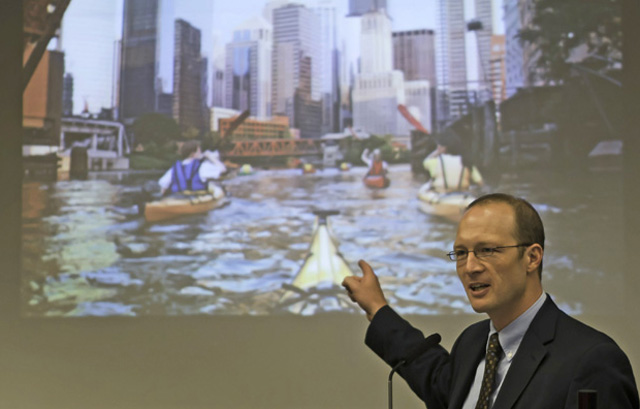
, Hurricane Katrina and tsunamis that wipe out thousands of lives in a single deadly surge. But there are also the waters of mercy and hope, argued Benjamin Stewart, a professor and chair at the Lutheran School of Theology in Chicago. And the flood of mercy is a stronger force – in nature and in the world of the divine, Stewart added. He urged those attending PLU’s first Lutheran Studies Conference to become their own “flood of grace, which washes over a wounded creation,” refusing to stop until justice
-
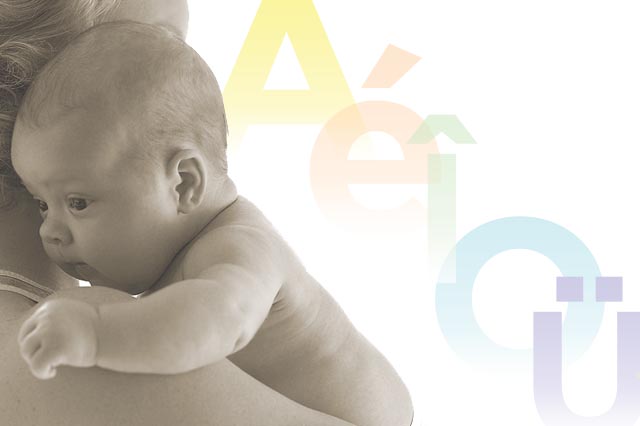
the foreign vowels sucked more, than those listening to their native tongue, regardless of how much postnatal experience they had. This indicated to researchers that they were learning the vowel sounds in utero. “These little ones had been listening to their mother’s voice in the womb, and particularly her vowels for 10 weeks. The mother has first dibs on influencing the child’s brain,” Kuhl said. “At birth, they are apparently ready for something novel.” While other studies have focused on
-
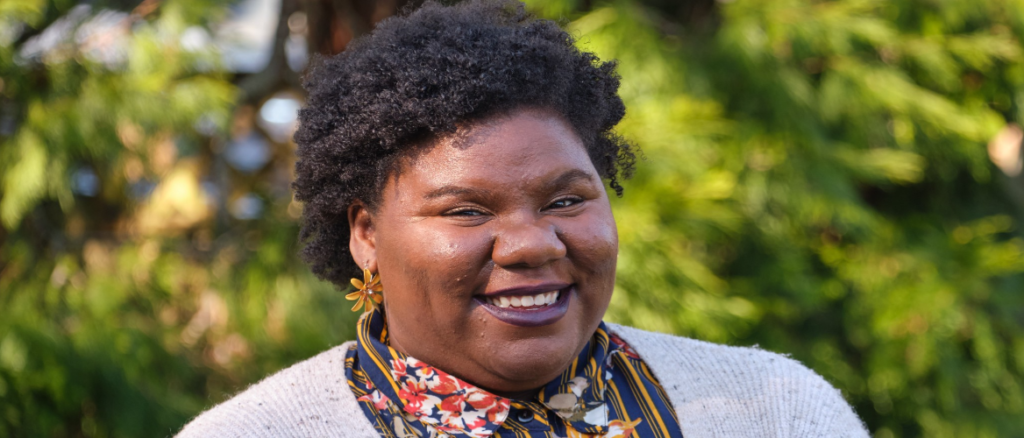
surrounding sexual assault and abuse. What are some goals you have for your role? I hope to continue the legacy of those set before me. I hope to also encourage the CGE to be a more utilized place, especially for people of color. Tell us about your current graduate studies. I will graduate with my master’s in public administration from The Evergreen State College in June. It has been quite the journey. I am excited for my capstone, for which my team will be writing self-empowerment curriculum in both
-
O’Brien, Associate Professor of Religion and Culture, PLU This presentation explores the origins and developments of the Jewish Healing Movement. Shaped by interreligious conversation and dialog, this grassroots effort within mainstream Jewish communities has led to the creation of systems of support and rituals of renewal for individuals, communities, and the suffering Earth. 2:00 p.m. – The Songs We Share Dr. Samuel Torvend, University Chair in Lutheran Studies at PLU, serves as host of this session
-
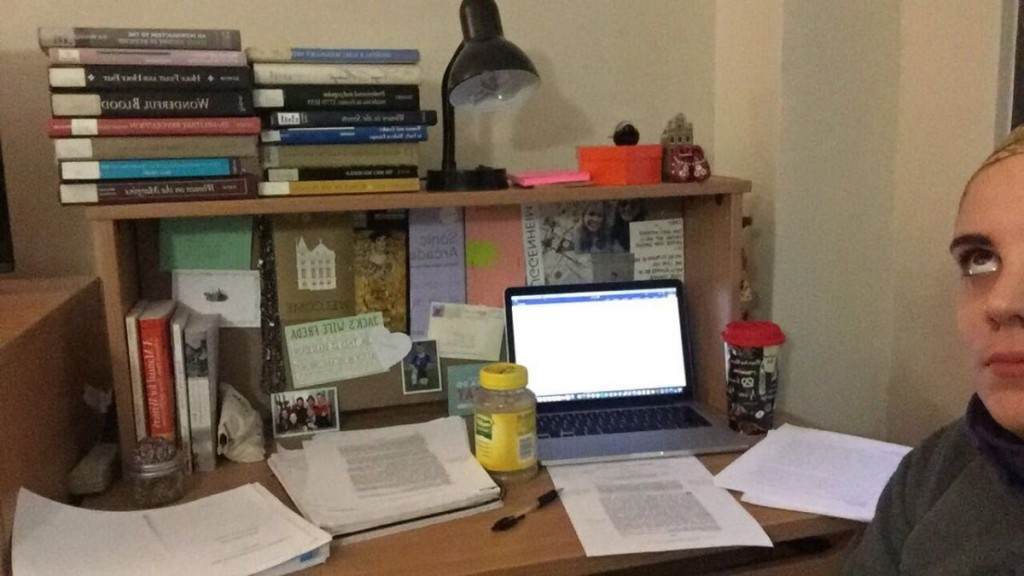
year in grad school. Carli completed two Kurt Mayer Holocaust Research Summer Fellowships at PLU and is continuing her research as she works toward her Ph.D. at the City University of New York Graduate Center [CUNY]. First, don’t forget that grad school can take you to exciting locations. Carli had never visited New York City before she started at CUNY, but when she has some spare time away from studies, she greatly enjoys checking out many opportunities for adventure (and relaxation) Her
-
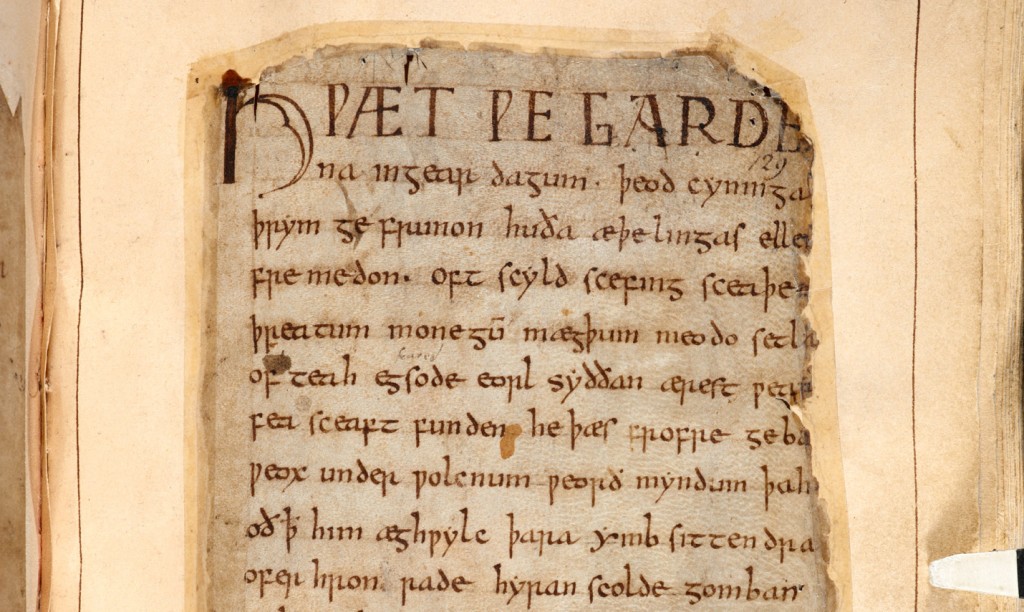
The Importance of Dead Languages Posted by: hoskinsk / May 6, 2020 Image: Beowulf manuscript May 6, 2020 By Reece Schatz '22English MajorAs a professor in the Department of Languages and Literature, Dr. Collin Brown teaches Norwegian language and Nordic studies at Pacific Lutheran University. However, his love for his work runs so deep, he also started and manages a club called “The Dead Languages Society.”As a member of this club myself, allow me to explain what we do. The Dead Languages
-
describes the traditions of a group of Yoruba people over a period of time. However, it may also be applied to the creation of artwork, where it relates to the accumulation of styles: an individual’s artistic àṣà results from the collection and combination of creative styles from a diverse range of locations and sources. Generally, the most well-known Yoruba woodcarvers travel a lot around Nigeria, so they are exposed to styles and work of artists beyond the immediate environment in their formation of
-
traditional Samish lands, ancestral areas around Anacortes, Washington, and the San Juan Islands. She first connected with her tribe in 2003, but for a long time didn’t embrace all that came with her Native American identity. It wasn’t until a decade later, through her studies at Pacific Lutheran University, that Hall reconnected with the Samish on a deeper level. A class on myths, rituals and symbols with her mentor — Suzanne Crawford O’Brien, professor of religion and culture — got Hall thinking about
Do you have any feedback for us? If so, feel free to use our Feedback Form.


